| Part Description | Notes | Download |
|---|---|---|
L-Shaped Wooden Wall 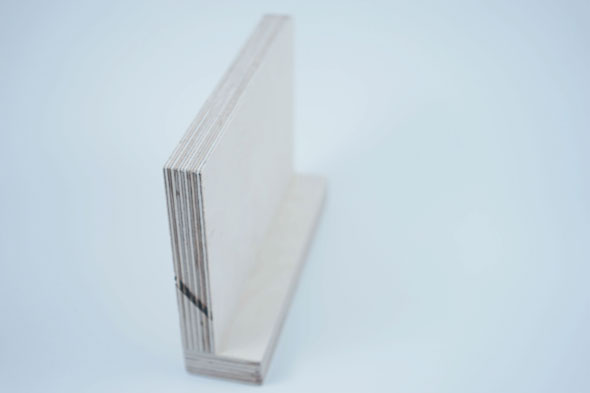 |
The retaining walls should whenever possible, behave differently from what students expect. That is, they should tip when students expect them to stand, and vice versa. When this happens, students will ponder the mental conflict that arises and learn through it. The walls should also be sized so that they tip before the maximum available marble depth is reached. Note that most retaining wall designs will tip when the surcharge depth is increased sufficiently. Quantity: 1 |
PDF File |
T-Shaped Wooden Wall 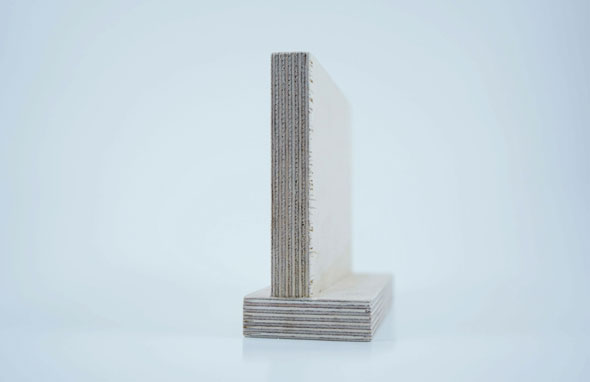 |
See entry above. |
PDF File |
L-Shaped Metal Wall 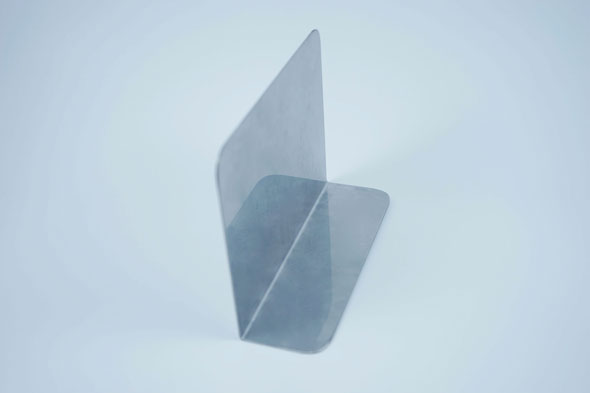 |
See entry above. |
PDF File |
Box 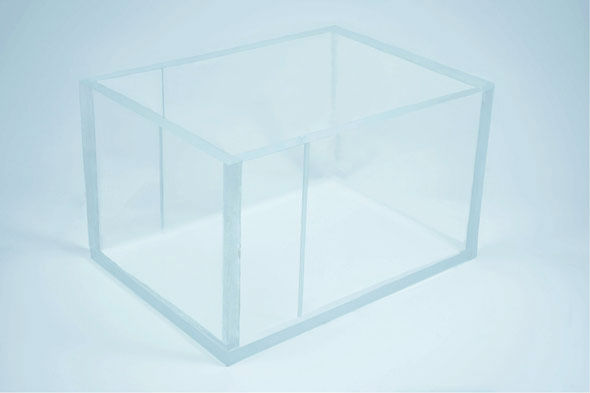 |
The box serves to contain the marbles throughout the Activity. The same box was used for the Tanks, Culverts and Dam Activities, and some of its features relate to those Activities. Quantity: 1 |
PDF File |
Marbles 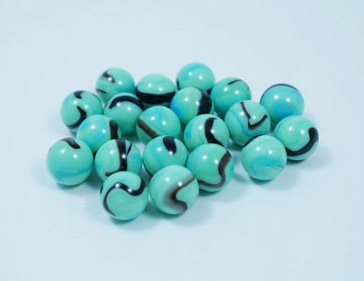 |
The marbles provide the loading on the tank. We used mostly 17mm diameter small marbles, with a few 24mm diameter larger ones (boulders) thrown in for variety and to avoid “crystallization” of the otherwise uniform smaller marbles. The marbles were also used for the Culvert, Dams and Retaining Wall Activities. One could, presumably use pea gravel (preferably non-crushed so that individual stones have a strong convex shape) or grain instead of marbles. Quantity: 780 small marbles, 50 large marbles |
|
Rubber Mat 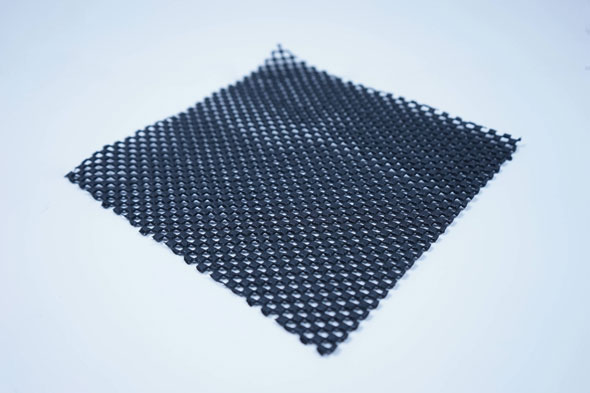 |
The mat serves to increase the coefficient of friction. Retaining wall failure occurs by tipping when the mat is present and by sliding when it is not. Quantity: 1 |
|
Ruler 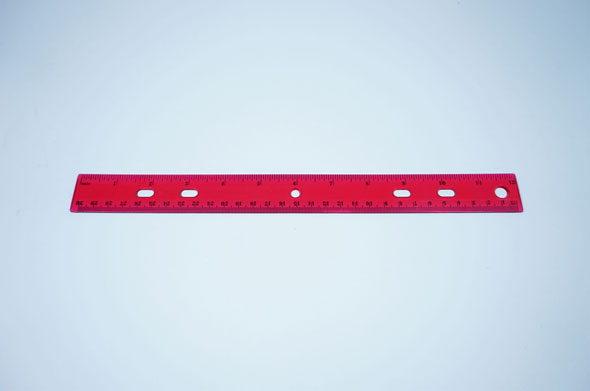 |
To measure the depth of the marble fill at which failure occurs. Quantity: 1 |